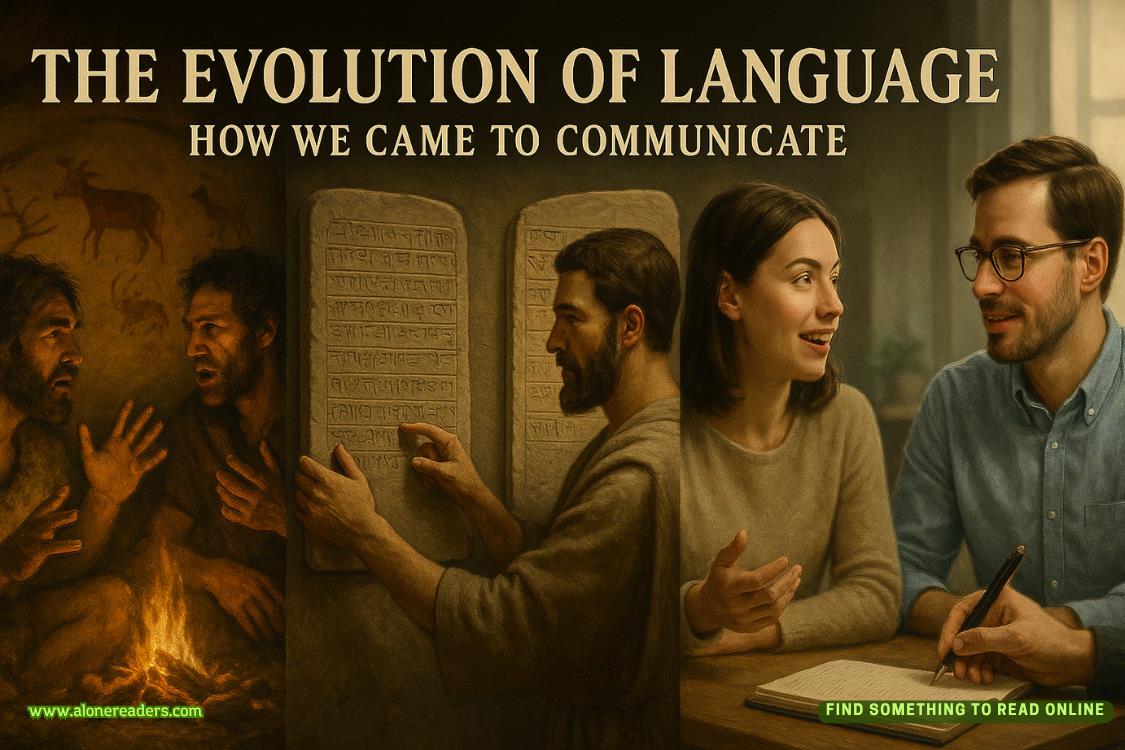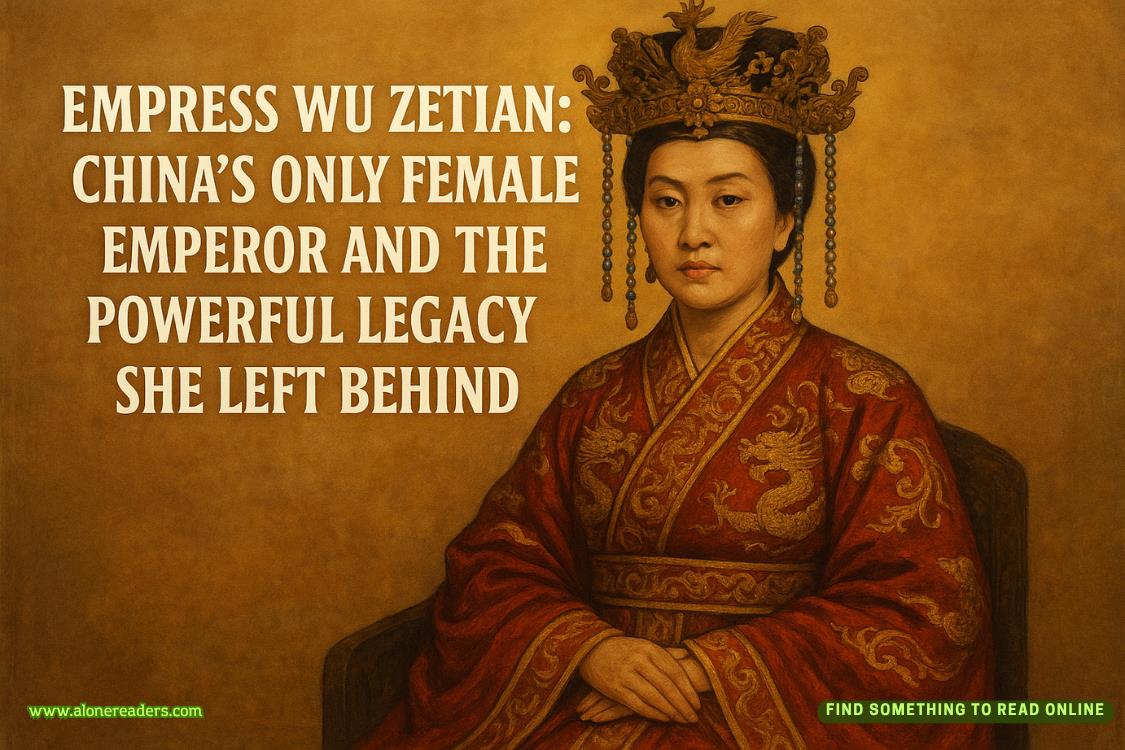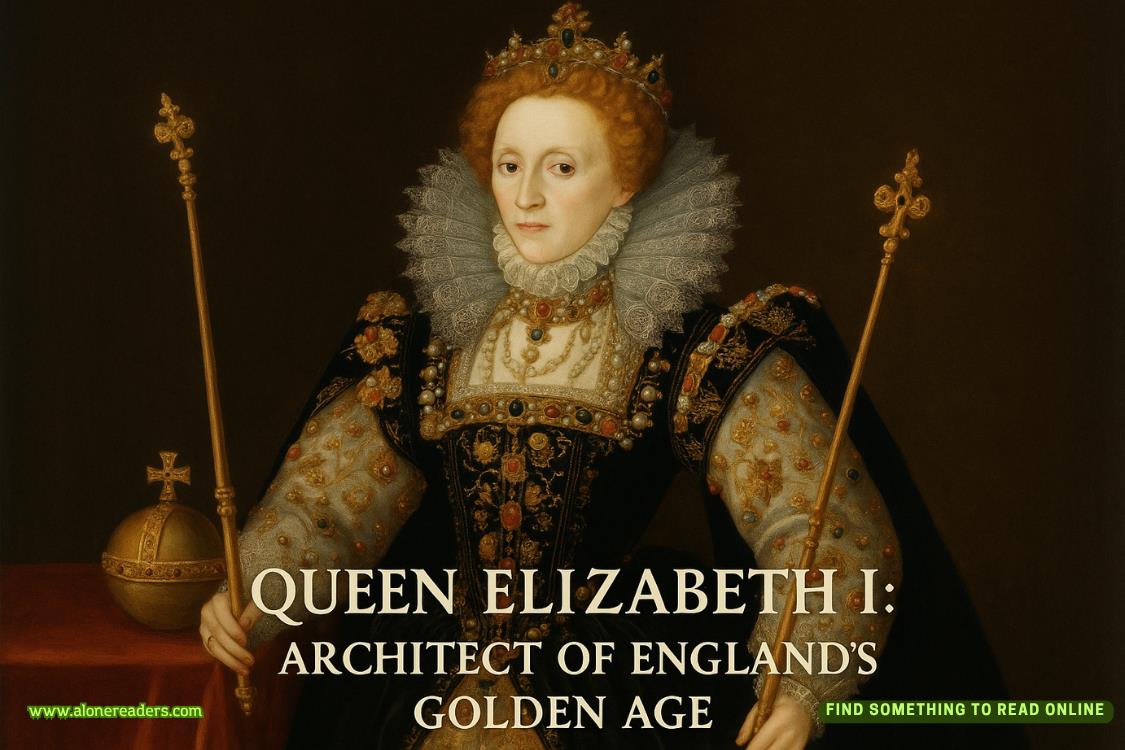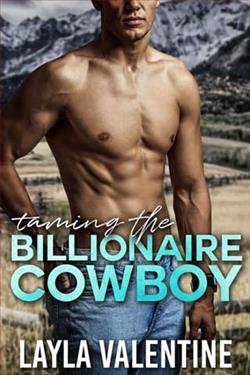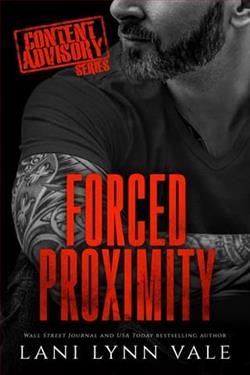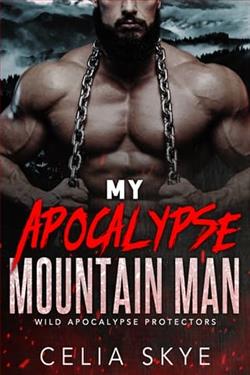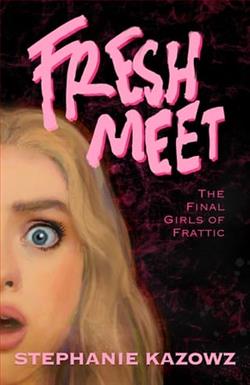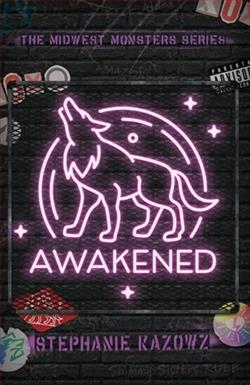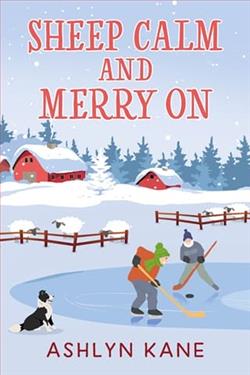Page 29 of The Seven Year Slip
I could leave the apartment, but what if it didn’t bring me back here when I returned? That’s exactly what I wanted, and the door was right there, the chance for me to leave...
I really should, I realized, because there was nothing keeping me here, and while Iwan was really hot, I definitely wasn’t about to break the time-space continuum to be with him. That wasn’t how this story went.
Leaving was the best option, but would the apartment just keep sending me back here, again and again? I grabbed my purse and stared at the front door. “We’re going to play nice,” I told the apartment, grabbed the doorknob, and opened it out into the hallway—
Just as a woman ambled by, walking her ferret on a rhinestone leash. She nodded in greeting, even though her gaze lingered too long on me. “Clementine,” she greeted, “nice to see you.”
“You, too, Emiko,” I replied, pulling my purse self-consciously higher on my shoulder.
“You’re certainly fashionable today.”
That was when it occurred to me: I still had on my pajamas. A blush rose quickly on my ears. “Yeah, well—uh—just testing my door.” I motioned to the door behind me, then inserted the key and pushed myself back inside.
The door closed with a resoundingclick.
And I knew even before I stepped back into the living room that it had sent me back again. The coffee was still warm, the note was still on the counter, and I had exhausted my options. I could go to my parents’ tonight, if I really wanted to. Maybe Drew and Fiona could put me up on their couch for an evening. But the thought of admitting defeat tasted sour in my mouth.
I’d always wanted it to magic me away, and now that it had, I kept asking it to take me back.
“Fine,” I called to the apartment, admitting defeat. “You win! I’ll stay.”
It might have been my imagination, but the pigeons on the sill sounded smug as they cooed in reply.
I dropped my purse on the couch again and shuffled back into my aunt’s study to find something to do. It still smelled the same as I remembered. Of old books and weathered leather and crinkly paperbacks with broken spines, romances and adventures and fantasies and travel guides, paperweights to picture books. When she wasn’t traveling, my aunt read. She pored over stories, drowned herself in words. In the summers between our adventures, she’d build a pillow fort and crawl underneath it, lit with fairy lights and lavender-scented candles in mason jars, and we’d read together. Sometimes I spent entire weekends adventuring with Eloise or solving mysteries with Harriet.
There was something just so reassuring about books. They had beginnings and middles and ends, and if you didn’t like a part, you could skip to the next chapter. If someone died, you could stop on the last page before, and they’d live on forever. Happy endings were definite, evils defeated, and the good lasted forever.
And books about travel? They promised wide-eyed wonders. They waxed poetically about the history and the culture of the places, like an anthropologist of once-in-a-lifetime experiences.
On one of our first trips together—I think I was nine at the time—I was bored out of my mind on a tour of some stuffy English castle. The group had been filled with older people, and I was the only kid along on the bus ride. I’d forgotten my sketchbook—I’d loved painting since I was a child (my parents always said that my first Christmas gift was a washable watercolor set)—so I began to doodle on the brochure instead, until my aunt opened her travel guide and pointed to the place we were going, paragraphs upon paragraphs of history on the page, and said, “Why don’t you draw on this? It’ll make it more exciting.”
So that’s what I did.
Markers gave way to inks, and then back to watercolors, and it just became a hobby of mine, and I had painted in our travel guides every trip since. The guides lined a bookshelf, from all the different places around the world she’d taken me, their spines cracked and their pages buckled from the watercolors.
It eventually made sense that I wanted to work with books—especially travel books. It was easy work because I already loved it all. The feeling of a naked hardback under my fingers, the smell of new ink, the fresh slice of a page when you dog-eared it, the crinkle of a paperback’s spine.
The promise of a secret place only the author knows.
I began to take out a book—a guide to Bolivia—when a tin onthe edge of a shelf caught my eye. It was small, stained with different colors, but I recognized it in an instant. It was my travel watercolor set—one of my older ones, because that year, my aunt had surprised me with a brand-new tin with deeper, richer colors, and I’d painted my way across Amsterdam and Prague. The tin was small—about the size of my palm, with six thumbnail-sized wells of watercolors inside.
The colors weren’t flaky like I expected, expired, but just a little dry. With some water, they could come back to life quite easily. There was even a small paintbrush nestled at the top of the tin. I took it, and got an idea. The travel guide to New York City that I’d picked up at work was still in my purse, so I went to get it and gathered a few pillows from the couch (including Jeff Goldblum) and headed for the bathroom. My aunt always joked that I made myself a nest in the tub like a pigeon, but it was really the only place she’dletme paint after I accidentally spilled watercolors all over her brand-new rug.
“You can’t mess anything up in here!” she had announced, brandishing a hand toward the bathroom. “And anything you can, a little bleach will fix.”
I settled into the dry bathtub and dampened my watercolors, waking them up from their slumbers. Most of the wells were almost empty, the last dregs of color clinging to their corners like shadows. Then I flipped to a page of a sight I knew well—Bow Bridge, and the rowboats filled with tourists who sailed under it. Strokes of blues and greens, the creamy brown sandstone of the bridge, pops of white shirts from brightly dressed romantic leads, confessing their love while paddling across the lake.
As I painted, the watercolor hung on the wall—a moon in a sea of clouds—kept me company. I’d painted it for my aunt years ago, and she’d been so delighted she’d taken it to a frame shop that very day.
“You gave me the moon, my darling!” she had said happily. “Oh, what a lovely and impossible gift.”
She had always told me to chase the moon. To surround myself with people who would lasso it down in a heartbeat.
It was easy for her. She was the main character in her own story, and she knew it.
And, for a part of it, I think she was the main character in mine, too. Compared to her, I was a shadow. While she went off exploring Milan, I followed after her with a map. While she hiked up to castles, I hung back with the tour guide and made sure to pack a first aid kit. She told ghost stories, and I disproved her by uncovering air vents, and no matter how saccharine those memories were, I was still caught in the sour taste of a world without her.
Eventually, something began to come of my painting. I lost myself in the colors, the whimsical way they bled together. I couldn’t remember the last time I had actually let myself paint. Usually I was busy with work, and then when my aunt died, creating hurt too much, because she had always been the one to gift me watercolor sets, to search out beautiful landscapes and plant me down on a bench, and let me paint for hours while she went shopping in thrift stores and tourist shops. She probably should never have left a teenage girlaloneon a bench on the Seine, or at the Acropolis, or in the garden of a teahouse, but those were some of my favorite memories from those trips: when I saw the world in different shades of blues and greens and golds, blending them together, layering them, finding the perfect shade of azure for the sky.


